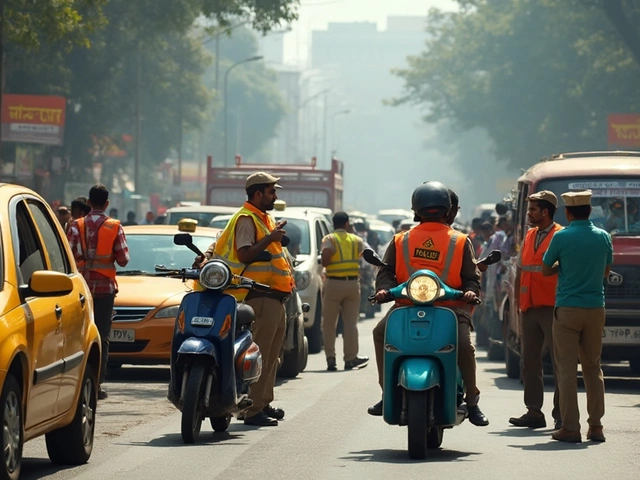Plastic Safety: Protecting People and the Planet
When working with plastic safety, the practice of handling and managing plastic materials so that they don’t harm human health or the environment. Also known as safe plastic use, it guides manufacturers, workers, and consumers toward responsible choices that keep workplaces clean and ecosystems healthy.
Why Plastic Safety Matters in Today’s Manufacturing Landscape
Single-use plastics, disposable items like bags, straws and packaging that are meant for one‑time use have surged in global demand, but their rapid rise sparked a wave of regulation. India’s recent ban on all single‑use plastics, for example, forces factories to rethink material selection, waste streams, and worker training. This shift directly impacts plastic pollution, the accumulation of plastic waste in oceans, soils and cities that harms wildlife and human health. When a company adopts strong plastic safety protocols—proper storage, ventilation, and recycling—it not only complies with law but also cuts the amount of litter that ends up in waterways. The connection is clear: better safety practices reduce accidental releases, which in turn lowers overall pollution levels.
Beyond compliance, forward‑thinking firms embed sustainable manufacturing, production methods that minimize waste, energy use and harmful emissions into their core strategy. Using eco‑friendly plastics such as biodegradable polymers or recycled resin can meet performance needs while keeping the waste footprint low. Workers trained in plastic safety also learn how to identify hazardous additives, handle melt‑flow processes safely, and monitor emissions in real time. These skills create a virtuous cycle: safe handling lowers health risks, which improves productivity, and the reduced waste stream supports a greener supply chain. All of this adds up to a competitive edge in a market that increasingly values transparency and environmental stewardship.
In the articles below you’ll see how the industry tackles these challenges—from the ban on single‑use plastics to the latest innovations in low‑impact polymer blends. You’ll also discover practical tips for implementing safe storage, proper PPE, and waste‑segregation systems in any production setting. Whether you’re a factory manager, a design engineer, or a consumer curious about where your products come from, this collection gives you the context and tools to make informed, responsible decisions about plastic safety. Dive in to see real‑world examples, data‑driven insights, and actionable steps that can help you protect people, profit, and the planet.

Code 5 plastic, or polypropylene, is everywhere—from food packaging to car parts. Here’s a deep look at its properties, safety, recycling, and real-life tips for identifying and using it smartly. (Read More)






